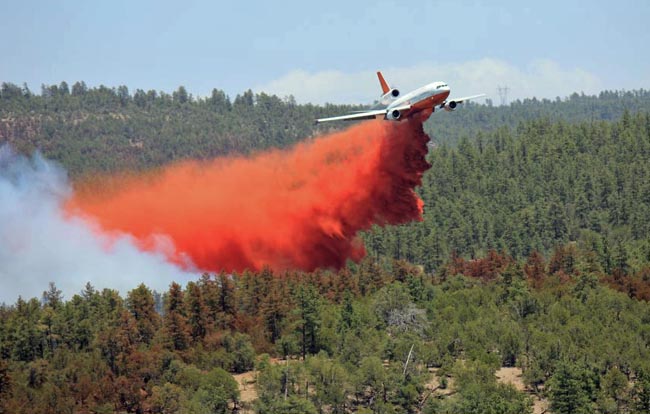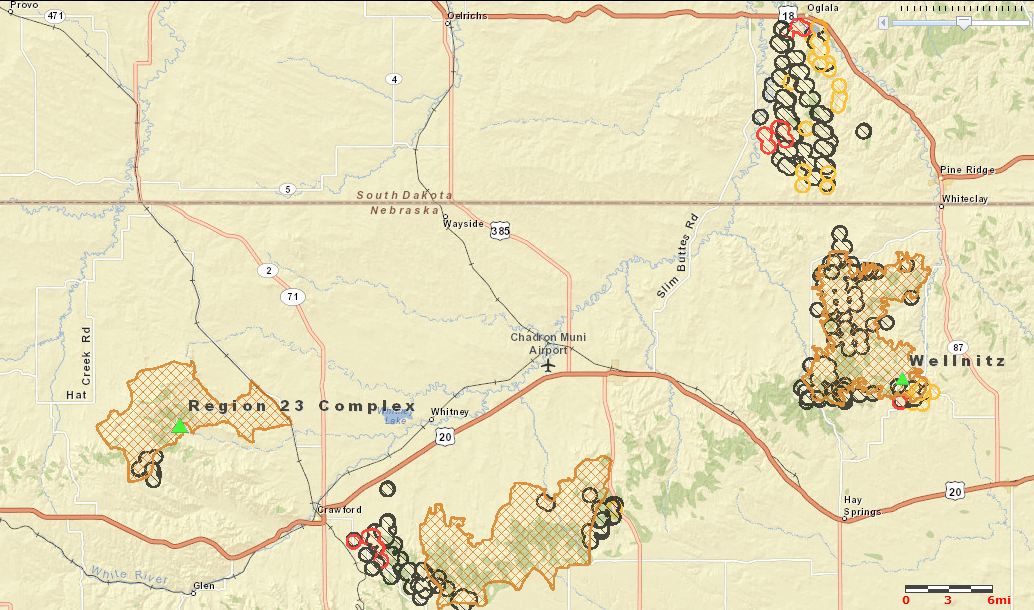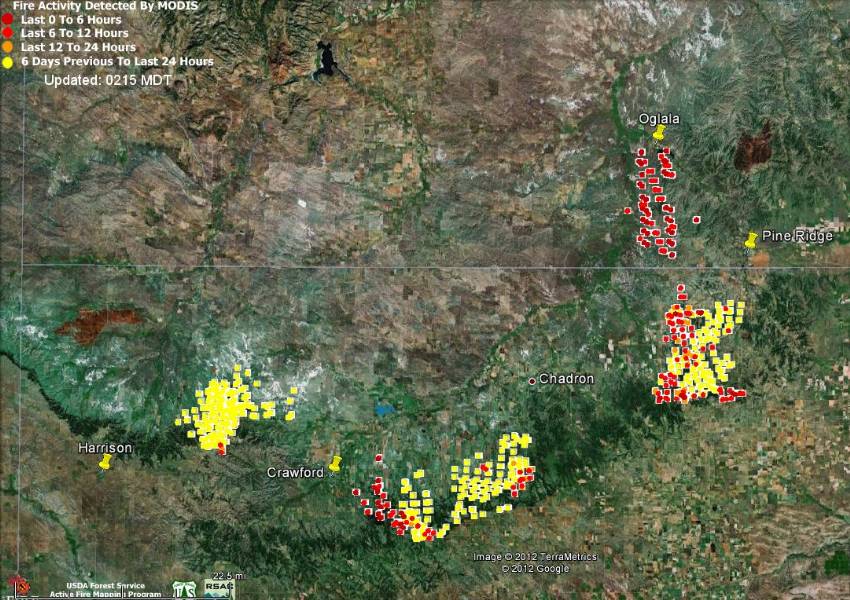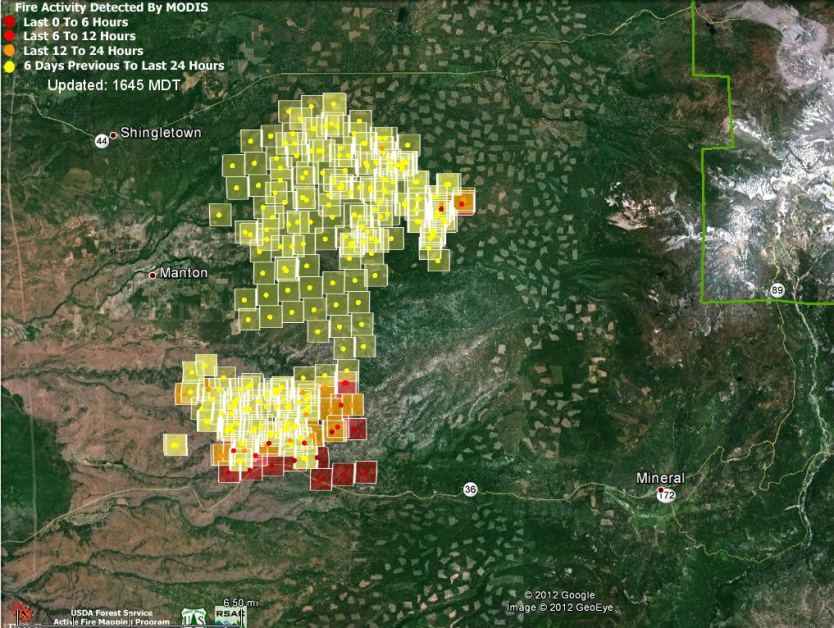
UPDATED at 12:19 p.m. Monday, April 22, 2013:
The schedule for the visits of Air Tanker 910 to airports in Minnesota, South Dakota, and Montana described below has been revised due to snow at Rapid City — everything is being pushed by 24 hours. More details at Wildfire Today.
****
One of the DC-10 Very Large Air Tankers will visit airports in Minnesota, South Dakota, and Montana next week. Air Tanker 910, owned by 10 Tanker Air Carrier, has been in Michigan undergoing heavy maintenance in recent weeks and will leave from there Monday morning, April 22 and head west. On their way home in southern California, their plans are to stop at four cities:
- Brainerd, Minnesota, Monday morning;
- Rapid City, South Dakota, early Monday afternoon;
- Billings, Montana, Tuesday;
- Missoula, Montana, Tuesday.
If a DC-10 reloaded at Rapid City it would have to be from a portable retardant base, since it is unlikely that the existing rather cramped Tanker Base could support such a large aircraft, and possibly the weight would be more than the ramp could handle. Rick Hatton, President of 10 Tanker Air Carrier, told us that if they worked out of Brainerd the aircraft would most likely drop water, rather than retardant. Finding a fire hydrant within reach of the three-inch diameter hose the aircraft carries can be easier than accessing a Tanker Base.
The DC-10 always carries 11,600 gallons of fire retardant, about six times more than the 50+ year old Korean War vintage P2V “legacy” air tankers that drop an average of 1,948 gallons according to a 2007-2009 air tanker study.
The U.S. Forest Service has awarded exclusive use contracts for seven P2Vs and one BAe-146 air tanker for 2013. The agency has not yet announced any awards from the solicitation for “next-generation” air tankers they issued 505 days ago. There are indications they will give contracts to 7 next-gen air tankers, bringing the total number of air tankers to 15 for this year. In 2002 there were 44 large air tankers on exclusive use federal contracts. The USFS has said they may again borrow, if needed and available, some old CV-580 air tankers from Canada for a few months that carry 2,000 gallons of fire retardant. The CV-580s were produced between 1947 and 1954.











